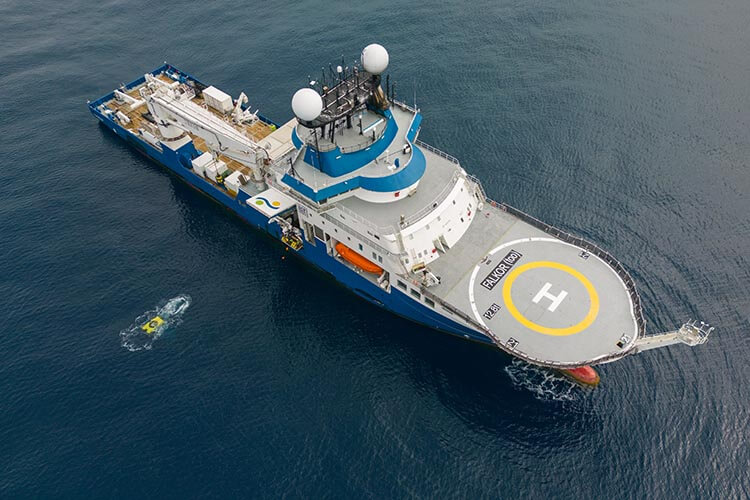
An international team explores vulnerable deep-sea ecosystems and sees more than 100 species never-before observed by scientists
An international team of scientists say they may have discovered more than 100 new species living on seamounts off the coast of Chile. The discoveries were made during a Schmidt Ocean Institute expedition, led by Dr Javier Sellanes of Chile’s Universidad Católica del Norte between January and February 2024.
Deep-sea corals, glass sponges, sea urchins, amphipods, squat lobsters, and other species likely new to science were observed during the expedition to explore the seamounts along the Nazca and Salas y Gómez Ridge, and two of Chile’s marine protected areas, the Juan Fernandez and Nazca-Desventuradas marine parks.


The Salas y Gómez Ridge is a 2,900km-long (1800 miles) underwater mountain chain of more than 200 seamounts, stretching from Chilean national waters to Rapa Nui (Easter Island), which the team was exploring as part of a mission to collect data in support of the region being designated as an international high-seas marine protected area.
The scientists used an underwater robot capable of descending to depths of 4,500 meters to collect data from ten seamounts, each of which hosted distinct ecosystems, including thriving deep-sea coral reefs and sponge gardens. The team collected a number of samples to analyse the physiology and genetics of the specimens they suspect may be previously unknown to science.


A total of 52,777 square kilometres of seafloor was mapped during the expedition, which also discovered four new seamounts within Chilean waters. The tallest of the seamounts, which reaches 3,530m above the sea floor, was explored for the first time, mapped, and unofficially named Solito by the expedition team.
‘We far exceeded our hopes on this expedition. You always expect to find new species in these remote and poorly explored areas, but the amount we found, especially for some groups like sponges, is mind-blowing,’ said Dr Sellanes.
‘These thriving and healthy ecosystems indicate that the Nazca-Desventuradas and Juan Fernández Marine Parks effectively protect delicate marine habitats.’


A second expedition along the Salas y Gomez Ridge has already begun aboard research vessel Falkor (too), expected to run until 4 April. Underwater dives from the voyage will be live-streamed on Schmidt Ocean Institute’s YouTube channel as scientists explore areas deeper than 600 meters depth for the first time.
‘Full species identification can take many years, and Dr. Sellanas and his team have an incredible number of samples from this amazingly beautiful and little-known biodiversity hotspot,’ said Schmidt Ocean Institute Executive Director Dr. Jyotika Virmani.
‘Schmidt Ocean Institute is a partner with the Nippon Foundation – Nekton Ocean Census Program, which has set a target of finding 100,000 new marine species in the next ten years and, once identified, these new species will be a part of that.’

Schmidt Ocean Institute was established in 2009 by Eric and Wendy Schmidt to promote the research, discovery and protection of the world’s oceans.
For more information, visit www.schmidtocean.org.


